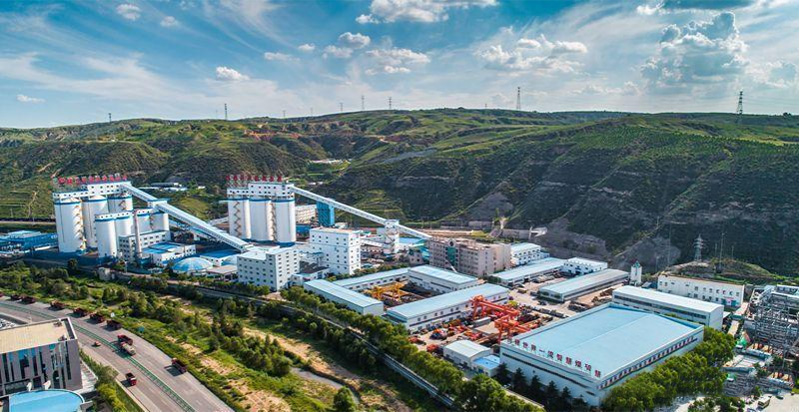Overview of Mine Engineering
Project Name: Shanxi X Coal Mine
Scale of treatment: underground wastewater treatment capacity Q=5000m ³/d, recycled water volume=1800m ³/d.
Implementation standard: “Emission Standards for Pollutants in the Coal Industry” (GB20426-2006), which shall be discharged after meeting the standards; The recycled water quality must meet the requirements of the “Sanitary Standards for Drinking Water” (GB5749-2006) and be reused in bathhouses for employees to use for bathing.

Analysis of Water Quality Characteristics of Mine Wastewater
1. Most of the time, underground wastewater presents a turbid state with high color, and the main pollutant is suspended solids (SS). The water quality changes greatly, and the concentration of suspended solids fluctuates greatly, far higher than that of surface water, resulting in poor sensory effects.
2. Suspended particles have a small diameter, light specific gravity, and slow settling speed. The diameter of suspended particles in mine wastewater is usually between 2-8 μ m, with over 85% of suspended particles having a diameter less than 50 μ m; The density of coal powder is about 1.3-1.5g/cm ³, much lower than the density of mud and sand particles in surface water systems (2.4-2.6g/cm ³).
3. The chemical oxygen demand (COD) exceeds the standard due to the fact that the mine wastewater contains a small amount of organic substances such as dirty oil, emulsified oil, decayed sewage pit wood, and the organic reducibility of coal chip carbon molecules in the suspended solids.
4. Acidic mine wastewater contains toxic and harmful heavy metal ions, such as iron and manganese, which exceed the standard.

Design ideas and selection of reagents for mine wastewater
1. This project adopts a treatment process of initial sedimentation+coagulation sedimentation+filtration+deep treatment, and specially selects YuXinHuanpolyaluminum chloride and polyacrylamide as coagulants.
2. Treatment approach: Underground wastewater is first subjected to initial sedimentation treatment to remove some suspended solids; Subsequently, entering the coagulation stage, using the polyaluminum chloride and polyacrylamide provided by YuXinHuanas coagulants, flocs are formed through chemical reactions to further remove suspended solids and colloidal substances; After sedimentation and filtration in the inclined plate sedimentation tank, the effluent can be discharged stably and meet the standard.
Advantages of mine water treatment process (including chemical advantages)
1. Good adaptability to fluctuations in raw water quality: It can effectively buffer changes in incoming water quality and water load, ensuring that the effluent quality is qualified. YuXinHuanpolyaluminum chloride and polyacrylamide have excellent coagulation effects and can meet the treatment needs under different water quality conditions.
2. Simple management and reliable operation: simplified processing flow, convenient operation management and maintenance. Yuxin Huan Pharmaceutical has stable quality, safe and reliable use, and reduces the difficulty of operation and management.
3. Compact structure and investment savings: It can save valuable land resources and reduce investment, reduce land area by 30%, and save 20% to 30% of infrastructure construction investment. The high efficiency of YuXinHuanChemicals enables the processing equipment to be more compact, further reducing investment costs.
4. Adopting an efficient inclined plate sedimentation tank: The mud is transported by pulsed airflow, which will not block the pipes and does not require flushing. It has the advantages of high sedimentation efficiency, short residence time, small footprint, and stable treatment effect. The simultaneous completion of sludge concentration reduces the cost of subsequent treatment.
Summary of Mine Wastewater Treatment
This project adopts coagulation, sedimentation, and filtration processes for purification treatment, while ultrafiltration and reverse osmosis processes are used for advanced treatment. During the processing, YuXinHuan polyaluminum chloride and polyacrylamide were specially selected as coagulants, achieving good treatment results. The effluent meets the requirements of the “Sanitary Standards for Drinking Water” (GB5749-2006) and is suitable for underground wastewater reuse and treatment. This treatment plan is economically feasible and has a good treatment effect, providing a reliable wastewater treatment solution for coal mining enterprises.